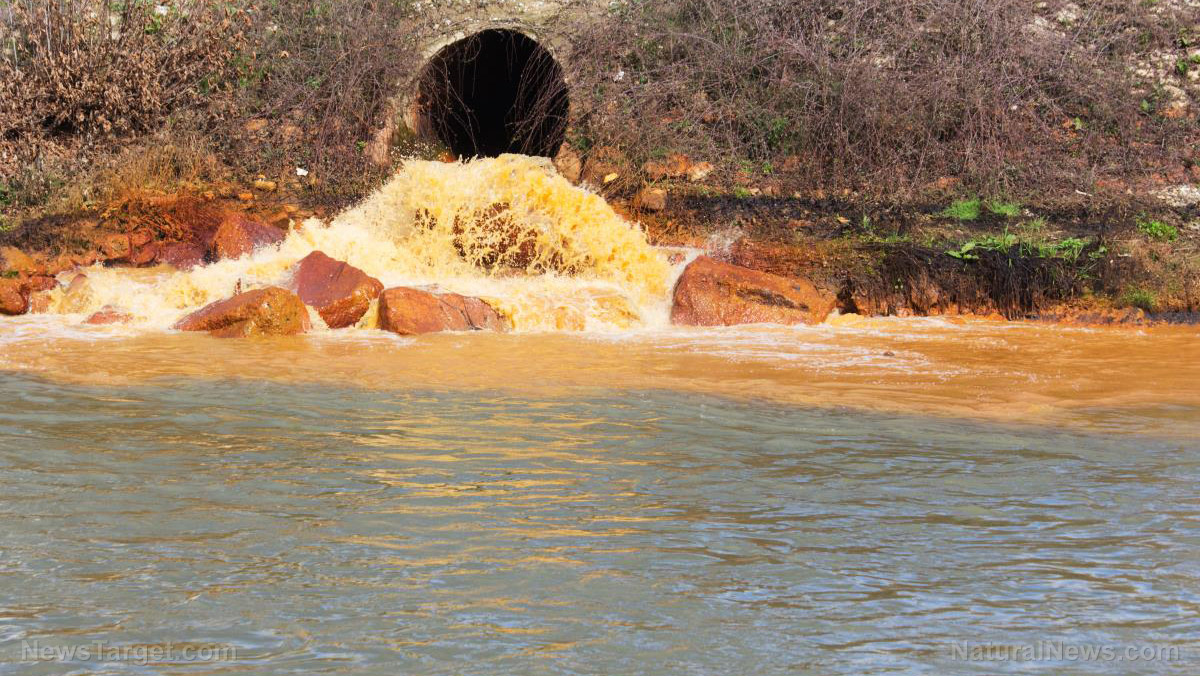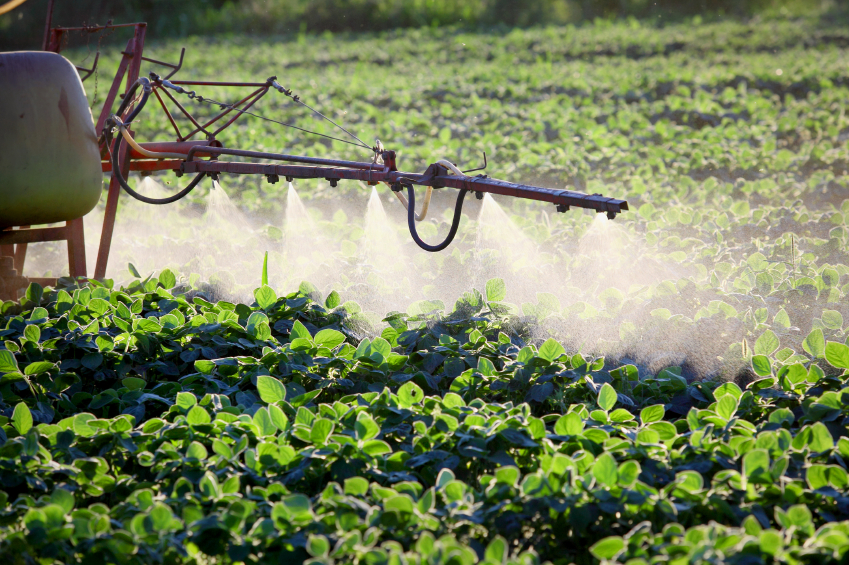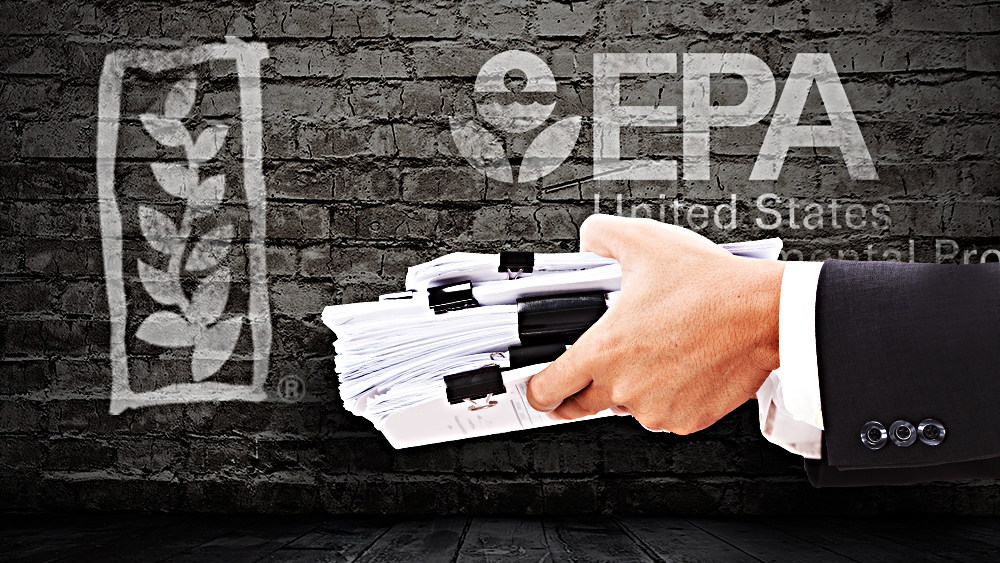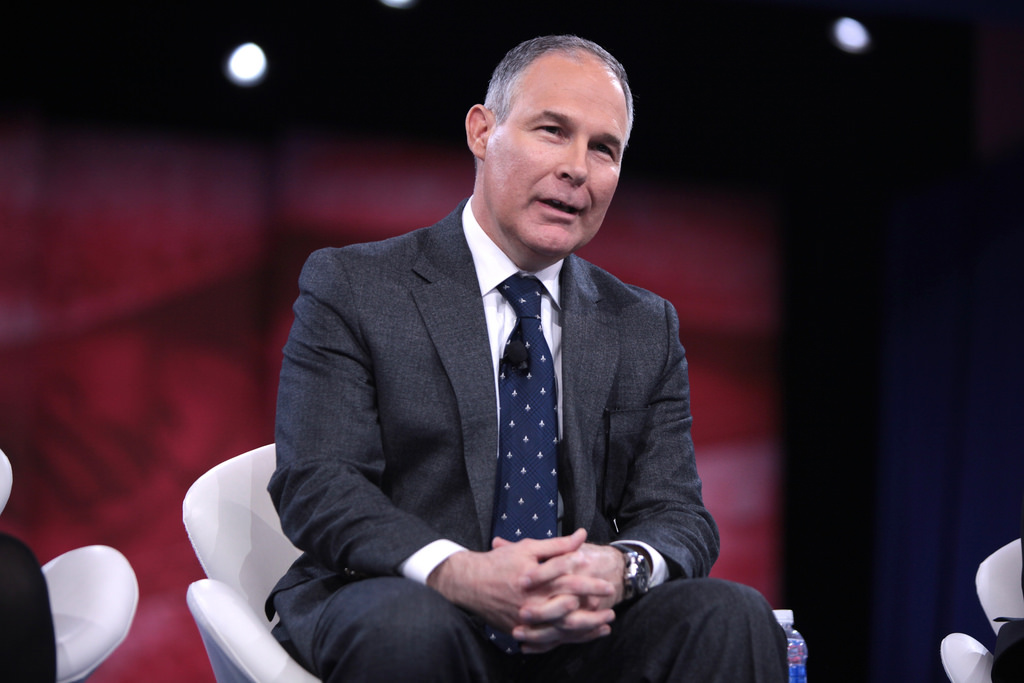EPA under fire for money to ‘anti-farmer’ campaign
05/06/2016 / By epanews
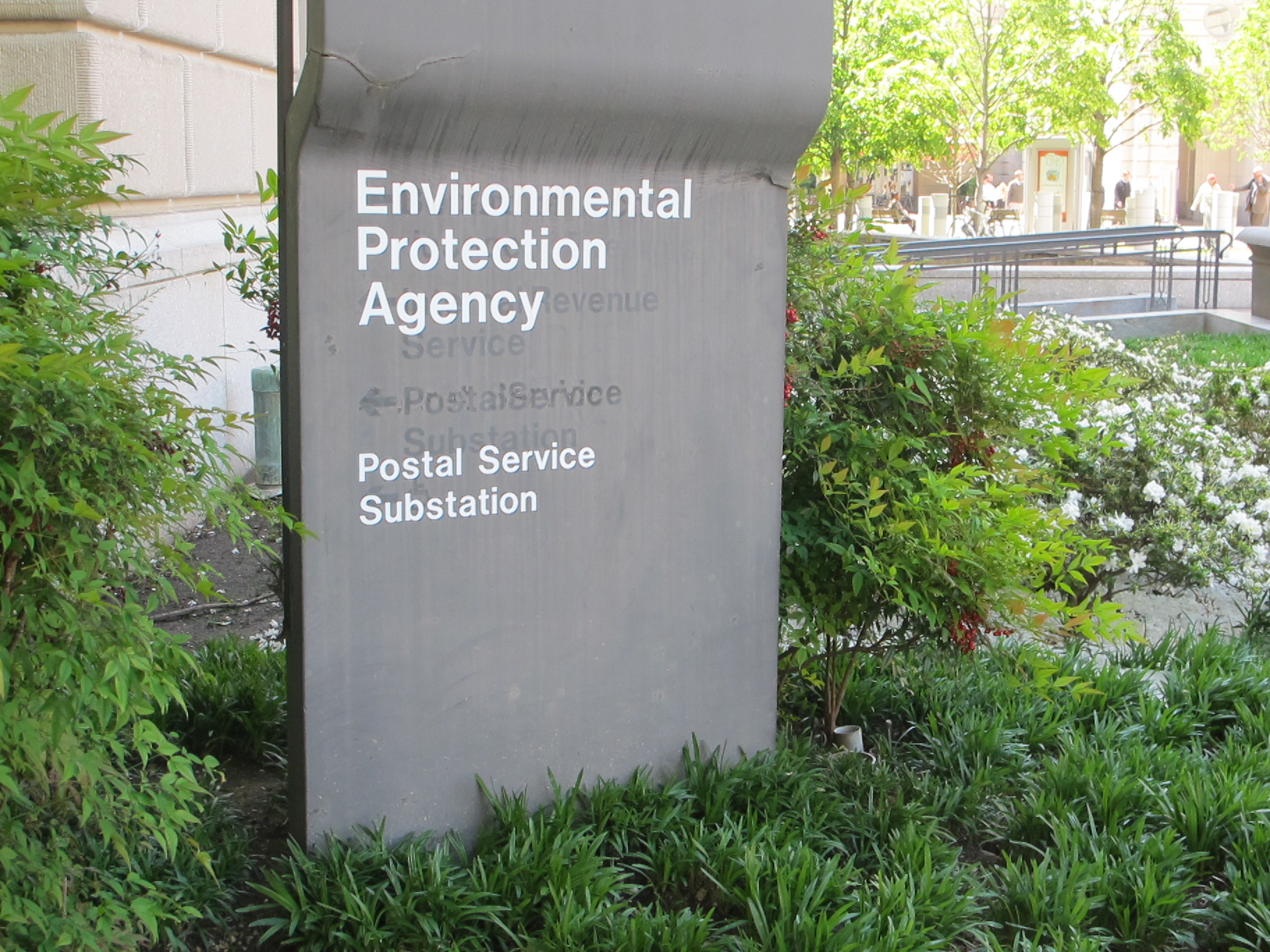
OLYMPIA — A block of text on the homepage for the What’s Upstream? advertising campaign projects a simple message: “Polluters of our waterways should be held accountable for their impacts on our water, our health and our fish.”
(Article by Joseph O’Sullivan, republished from http://www.seattletimes.com/seattle-news/environment/epa-under-fire-for-money-to-anti-farmer-campaign/)
Video behind the text features a blue tractor rumbling across a farm, before giving way to a scene of swirling, muddy water.
Similar messages recently have been splashed across billboards, buses and radio waves in the Puget Sound region, linking farms with water pollution.
One example, which ran on buses in Whatcom County, included a photo of livestock standing in a stream and text that read: “Unregulated agriculture is putting our waterways at risk.”
The What’s Upstream? campaign has drawn criticism for both its approach and its funding — which includes grant money from the Environmental Protection Agency (EPA).
Lawmakers have called it an “anti-farmer campaign.” The Whatcom Transportation Authority pulled the ads from its buses, deeming them too political.
And the campaign itself yanked billboards and early radio spots after blowback from Republican lawmakers and the discovery that some advertisements lacked disclaimer notes on where the campaign’s funding came from.
Supporters of the campaign, led by the Swinomish Indian Tribe, say it’s designed to educate people about agricultural pollution in the Puget Sound region.
But a letter last month to the EPA signed by 145 members of Congress cited federal law prohibiting EPA from using money for advocacy or propaganda without approval from Congress.
“Whether you characterize it as propaganda or not,” said U.S. Rep. Dan Newhouse, R-Sunnyside, and a co-author of the letter, “it’s still a misuse of public funds.”
Newhouse, a farmer and former head of the state Department of Agriculture, said the EPA’s funding of the campaign diminishes trust in the agency in an area where agricultural groups, tribes and agencies often must work together on issues.
In his own letter to the EPA, state Sen. Doug Ericksen, R-Ferndale, went further. Ericksen, a vocal critic of Democratic environmental proposals, called the What’s Upstream? campaign a “deliberate effort to blame agriculture for water pollution.”
In a hearing before Congress, EPA Administrator Gina McCarthy said her agency “also was distressed about the use of the money and the tone of that campaign.”
Now the EPA is reviewing the grant given to the Northwest Indian Fisheries Commission, which then subgranted money to the Swinomish Indian Tribe for the campaign.
“We have requested that the commission not allow any further expenditure of funds under this grant until the review is complete,” regional EPA spokesman Mark MacIntyre wrote in an email.
Caught in the middle of the controversy is the Swinomish Tribe itself, whose tiny reservation inhabits 15 square miles along the Puget Sound, southeast of Anacortes.
Tribal Chairman Brian Cladoosby said that decades of pollution have affected the Skagit River, where, under a treaty with the federal government, the tribe is entitled to fish for salmon.
Pollution runoff from farms and construction sites remains the biggest impairment to the nation’s waterways, according to a 2012 federal government report. Cladoosby called the What’s Upstream? campaign a public-education effort to highlight that.
And he likened the threat to salmon to the high-profile lead-contamination problems happening in Michigan.
“This is our Flint, Mich.,” Cladoosby said.
Money for the What’s Upstream? campaign came from a five-year EPA grant of more than $12 million to the Northwest Indian Fisheries Commission, according to Bill Dunbar, a regional policy adviser for the EPA.
The commission, in turn, awarded some of that grant money — about $570,000 over five years — to the Swinomish Indian Tribe, Dunbar said.
The EPA consulted with the tribe on the campaign, “and our attorneys let them know what the legal boundaries were for that kind of thing, for spending federal money,” said Dunbar.
But his agency didn’t see the ads before they ran, Dunbar added.
Larry Wasserman, environmental-policy director for the Swinomish, acknowledged that early radio spots did not have a funding disclaimer necessary for when grant money is involved.
But Wasserman said billboards that appeared in Olympia, Bellingham and other locations were paid for by tribal money and didn’t need a disclosure note.
Those billboards have been pulled down, “in order to sort out the differences” over the campaign, Wasserman said.
But, “we will continue the campaign, in one way or another,” he added
He believes criticism of the funding is actually about “folks upset because they don’t like the facts,” Wasserman said.
“These issues of funding are secondary,” said Wasserman. “Because there’s a resistance on the part of agriculture” to acknowledge pollution.
Puget Soundkeeper Executive Director Chris Wilke said agricultural operations “are responsible for a big part of our water-quality problems.”
Puget Soundkeeper is one of the organizations that appear as collaborators on the What’s Upstream? campaign website. Although his organization was not involved in making decisions for the campaign, “We do support the mission of Whatsupstream.com,” Wilke said.
Read more at: http://www.seattletimes.com/seattle-news/environment/epa-under-fire-for-money-to-anti-farmer-campaign/
Tagged Under: EPA, Public Funds Missuse


